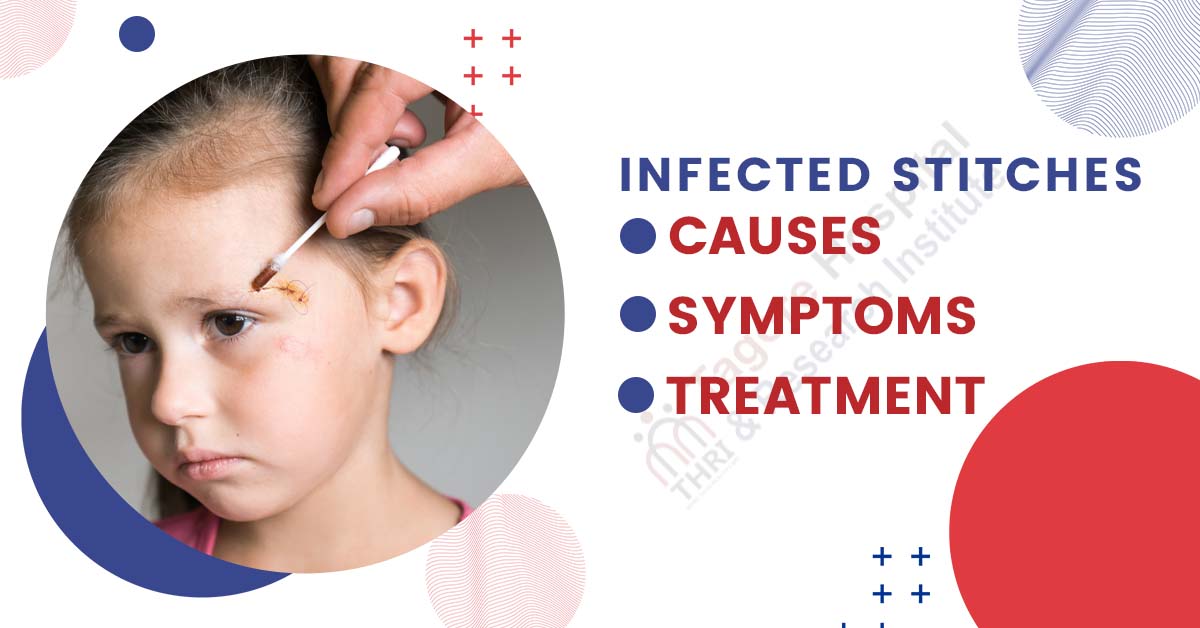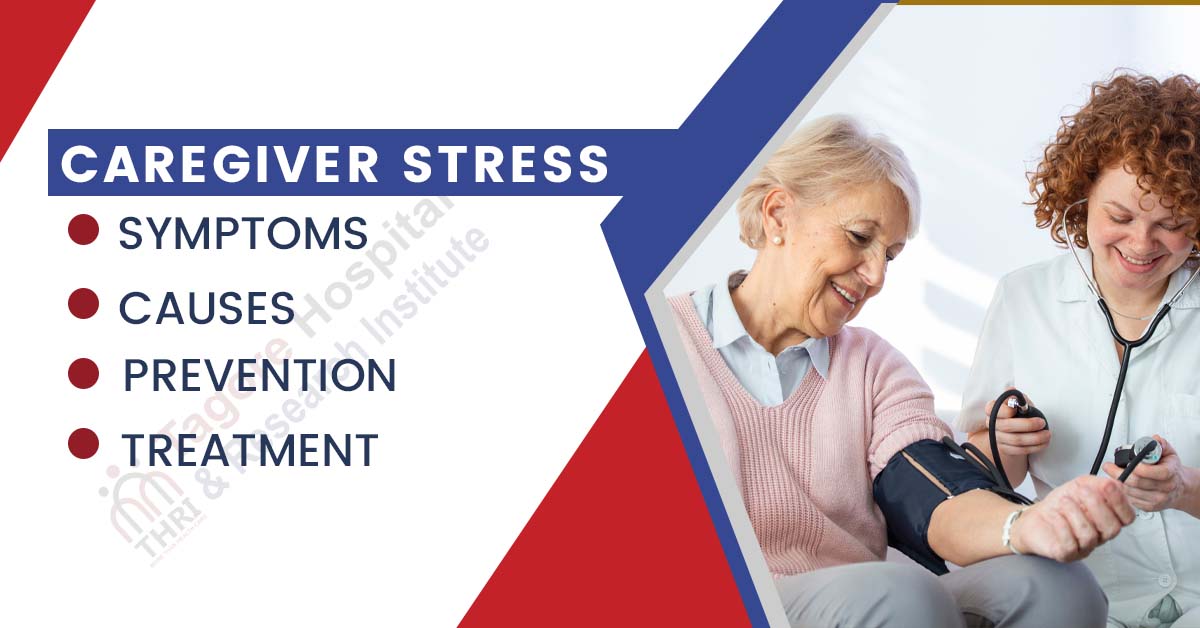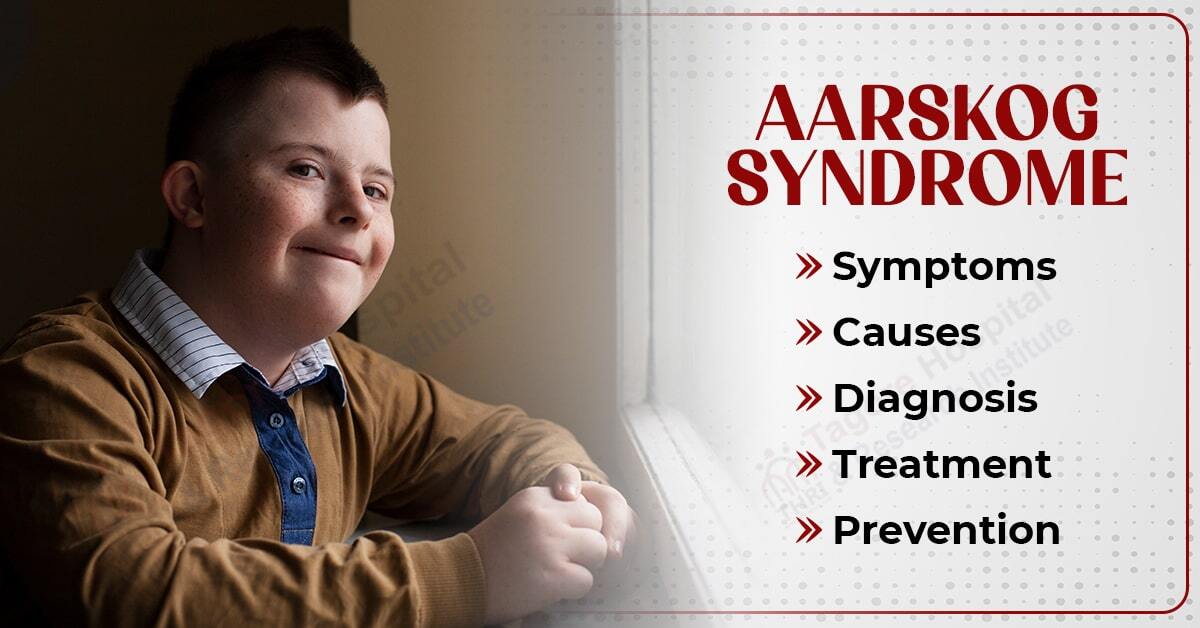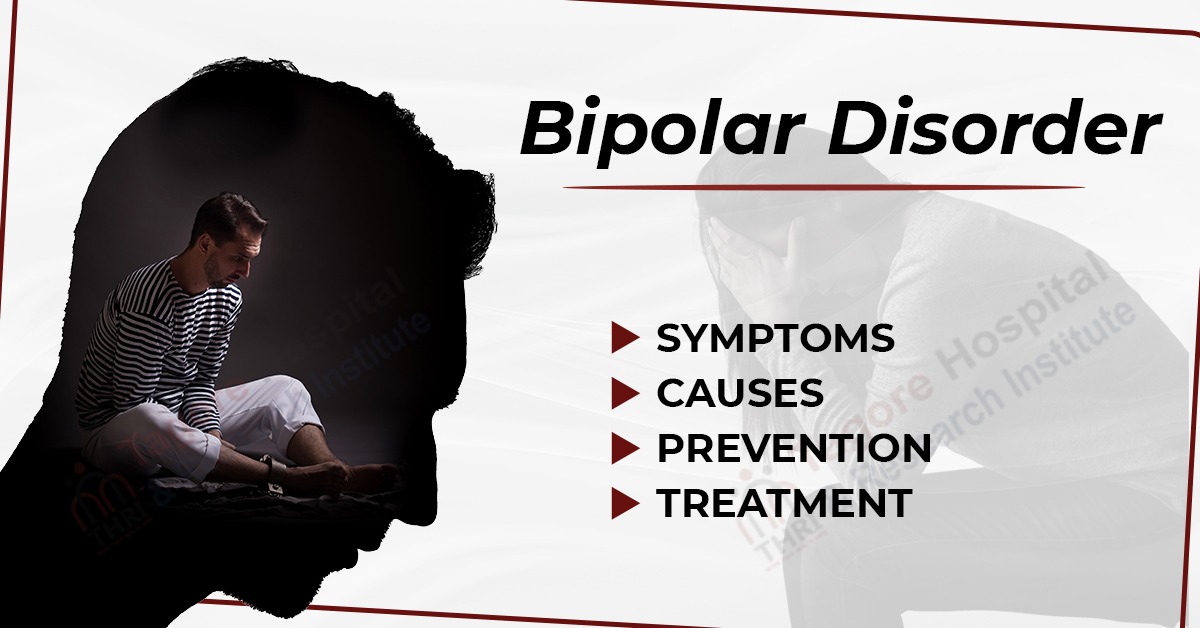- By THRI admin
- Posted December 27, 2022
The stitches, which are also called sutures, are used to join and close wound edges. It is possible that you will need stitches after an accident or injury, or after a surgical procedure.
A wound can develop an infection at or around the stitches, as with any other type of wound. Infected stitches are a common problem, so let's take a look at how they can be treated. We will also discuss how you can prevent infections from occurring in the first place.
Symptoms of Infected Stitches:
The skin acts as a barrier to ward off infectious organisms. Bacteria can enter a wound caused by an injury or incision that causes a break in the skin, leading to tissue inflammation or infection.
Redness, swelling, warmth at the infected region, fever, discomfort, and swollen and painful lymph nodes are signs of infection.
Those who have infected sutures may develop:
- Seeing red streaks or redness around the area
- In the area of the stitches, there will be tender and swollen lymph nodes
- When they move the injured area or touch the stitches, they feel pain
- A feeling of warmth, swelling, or pain around the stitches
- Drainage from a wound that is yellow or green
- There is a bad smell coming from the area where the repair was made
Causes of Infected Stitches:
Surgical wounds can become infected by:
- bacteria transferred from the skin surface to the surgical wound
- internal body bacteria or pathogens from the organ where the procedure was conducted
- germs that are present in your immediate environments, such as those on contaminated surgical instruments or a healthcare professional's hands.
Surgical wound infection is more likely to happen if you:
- Having poorly managed diabetes
- Having issues with your immunity
- are fat or overweight
- Do you smoke?
- Utilize steroids (for example, prednisone)
- Have a procedure that takes more than two hours
Risks of Infected Stitches:
Stitches are a relatively straightforward and standard procedure, but wounds carry some risks. Protecting your body from infection is the job of your skin. Despite the fact that a cut or laceration has been cleaned and closed, it can become infected before you see the doctor at Best hospital in Jaipur.
Depending on the severity of the cut or whether your hand is infected, your doctor may prescribe antibiotics.
Depending on the type of suturing you had, you may have scarring or a limited range of motion. You may feel as if your skin is being pulled when you have a bulging scar. A keloid scar is a lump of skin that bulges out of your body. The presence of keloids may cause discomfort and itching, as well as cosmetic concerns.
The risk of infection increases if stitches are used internally. The tissues of the body can sometimes pull apart without healing properly. This has the potential to go unnoticed and cause health issues like hernias.
When to call a doctor?
The best way to prevent infection when you have a deeper cut is to wash it with warm water and mild soap. Gently press on the bleeding area to stop it. Seek medical treatment if the bleeding cannot be stopped after 15 minutes.
When you have stopped the bleeding, examine your wound's edge. The stitches do not need to be done if the skin is smooth and stays together when your body moves.
You may need stitches if:
- The wound is larger than a quarter-inch deep.
- Muscle, bone, or fat are visible.
- When you move your joint, the cut over your joint enlarges.
- A soiled or rusted object was selected.
- If the wound is severe or is on your hand or finger, it
- You are concerned that you will develop scars (for instance, if the cut is on your face).
Make an appointment with your doctor or the emergency room if you have a wound that worries you. Your Dignity Health physician can help you determine the severity of your injury and will be able to reduce your risk of infection and complications.
You should see your doctor if you have stitches for a cut but are still experiencing particular symptoms. Contact your doctor as soon as possible if the skin around your wound is red, swollen, hot, painful, or leaking blood or pus. Infection must be treated right away if there is a fever or red streaks around the wound.
Make another appointment with the doctor if your stitches come undone and you notice that your wound is separating.
You can read also:- Antisocial Personality Disorder: Causes, Symptoms, Diagnosis & Treatment
Prevention of Infected Stitches:
- It's crucial to avoid scratching your stitches because, despite their durability, doing so could lead to damage.
- Avoid playing contact sports like football or hockey to give your wound the best chance of healing.
- Swimming shouldn't be done until the wound has healed and the stitches have been taken out.
- How soon can I go swimming after surgery? is a good resource for more details.
- Playing with things like water, mud, sand, and paint while their stitches are still in place runs the risk of making the wound area dirty or sore, or even infecting it.
- The recommendation is to keep kids out of physical education classes at school until their wounds are healed.
Treatment of Infected Stitches:
If you notice that you are displaying any of the signs of infected stitches, you should schedule an appointment with your physician right away. If left untreated, an infection of your stitches may spread to other areas of your skin or body and result in complications like sepsis, cellulitis, or even the formation of abscesses.
A sample of the fluid coming from your infected stitches may be taken by your doctor. With the aid of this sample, they can determine whether bacteria are to blame for your infection.
Your doctor can perform an antibiotic susceptibility test after a bacterial infection has been identified to identify the most suitable antibiotics to treat the infection.
If a fungal infection is believed to exist, additional tests and cultivating techniques can be used.
Your doctor might suggest an antibiotic cream to apply directly to the site if your infection is minor or localized.
Your doctor may recommend an oral antibiotic if the infection is severe or spreads to a larger area. They'll choose the most effective antibiotic to treat the infection based on the data they gleaned from testing antibiotic susceptibility.
Antibiotics administered intravenously (IV) or surgical removal of any dead or dying tissue may be necessary for a very serious infection.
Recovery of Infected Stitches:
Generally speaking, it's best to avoid getting your stitches wet. You may also need to apply an antibiotic ointment and change your dressings frequently. To reduce swelling and promote healing, it is best to keep the injured area elevated above your heart for the first 24 to 48 hours.
Typically, stitches disappear after two weeks. It may be less severe, depending on where the wound is. In order to reduce the likelihood of scarring, stitches on the face can be taken out in three to five days.
The full two weeks may be required for stitches over moving parts, such as joints. Some suture materials have the ability to disintegrate after the healing process is finished.
Stitch removal is an easy procedure. The doctor or nurse can carefully lift the suture tails at the knot where each suture has been tied in order to cut the suture loop. The ends then effortlessly slide out.
Tags





